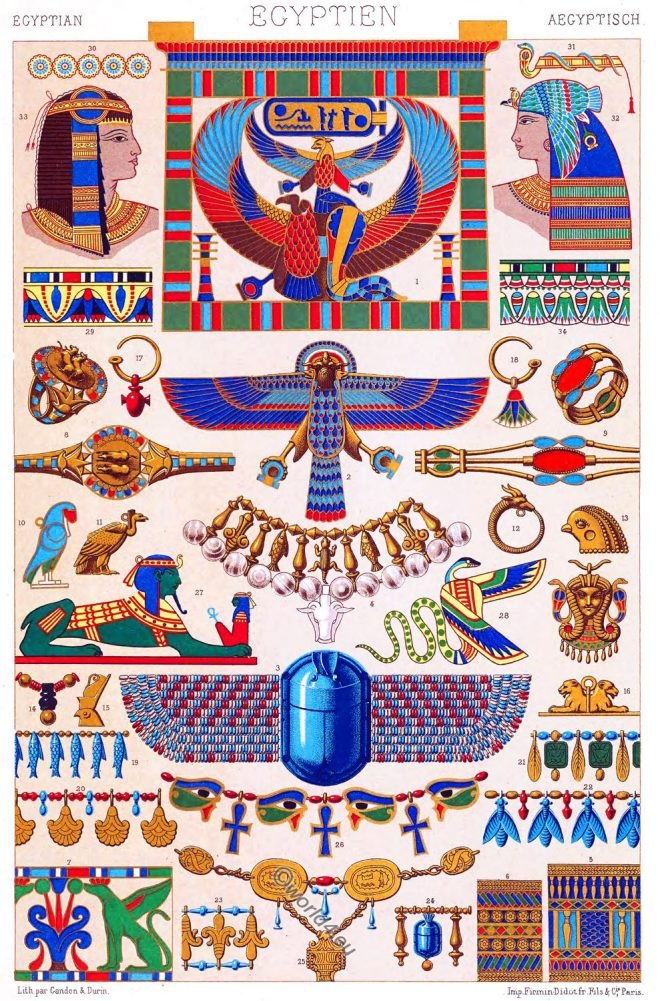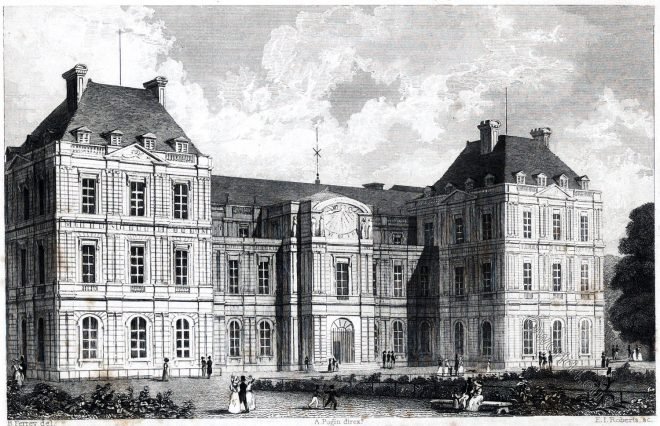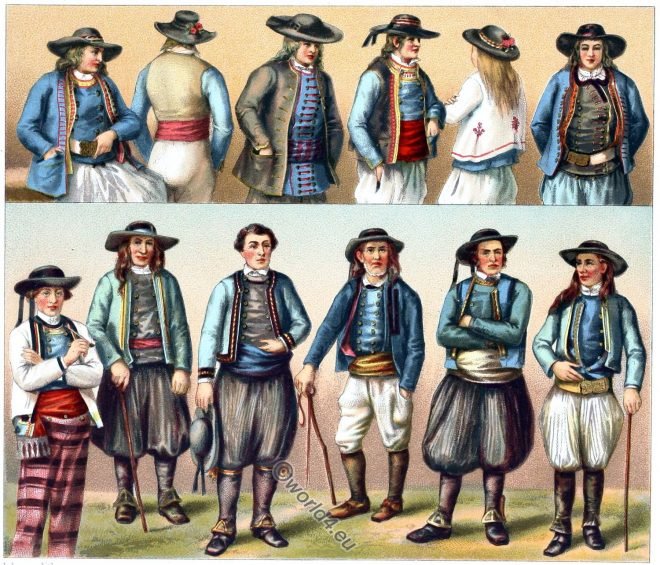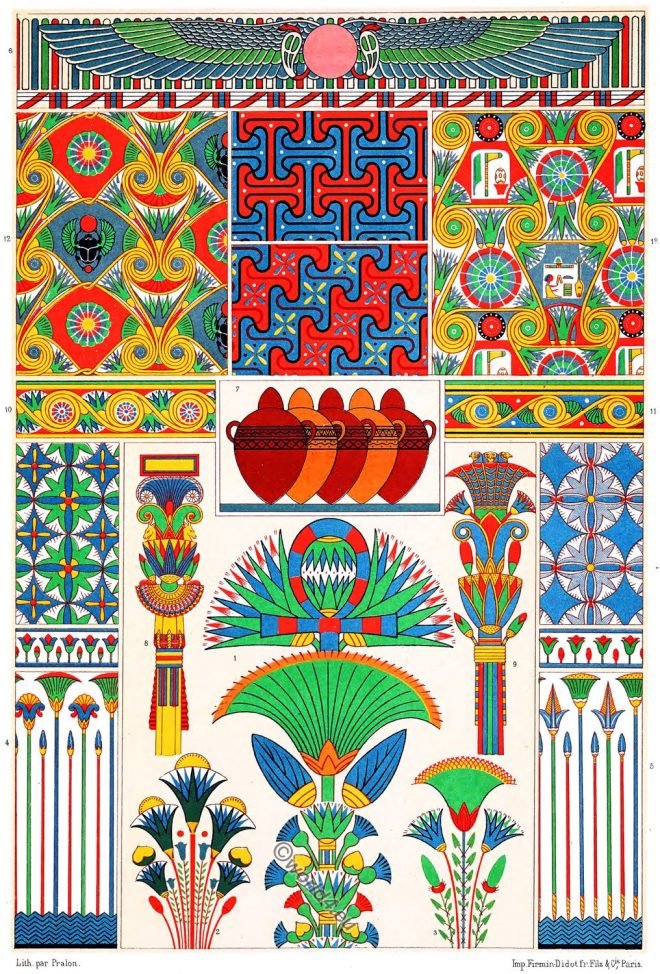Assyrian and Persian Art of Nineveh and Persepolis.
The costumes of the aristocracy. The kings of fashion. France 17th century.
The aristocracy’s costumes. Louis XIV in the fashion of 1660 and 1670. The fashion of long hair. The Rhine Count’s trousers. The court of Versailles.
Historical Folk Costumes of the Balearic and Pitiusan Islands.
The costumes depicted here come partly from the Balearic Islands (Mallorca, Minorca, Cabrera), partly from the Pitiusas, which the most important is Ibiza.
Ancient Greece. Table manners. Meals, Banquet, Table Equipment.
Banquet with hetaera and dancers. Drinking vessels: Rhyton. Drinking horns. The Kylix, Kalpis, Hydria, Phiale, Skyphos, Kyathos, Kylix, Kymbe.
Greek Military of Antiquity. Different types of Chariots and Armor.
War, race and triumphal chariots. Greek soldier. Leader in full armor. Different types of the Greek helmet and weapons.
Egyptian Art. Jewelry. Amulets, statuettes of the gods, jewels, papyri.
Most of those perfect specimens of Egyptian jewelry which are so invaluable to those in ornamental work have been obtained from the abodes of the dead.
The Luxembourg Palace at Faubourg St. Germain, Rue de Vaugirard.
THE Palace of the Luxembourg is situated in the Faubourg St. Germain, Rue de Vaugirard.
French costumes from the department Finistère, Bretagne.
Traditional costumes from Châteauneuf-du-Faou, Carantec, Douarnenez, Quimper, Plonévez-Porzay, Scaër, Plogonnec and Langolen.
Bourgeois costumes in France at the time of the Revolution, 1794.
FRANCE – 18TH CENTURY. TRADITIONAL COSTUMES AND INDOOR FURNISHING, 1794.
Egyptian Art. Decorative Paintings. The flowing ornaments.
Egyptian Art. Decorative Paintings.The Scarabaeus. The flowing ornaments from Thebes. Red, blue, and yellow were the principal colors employed.










